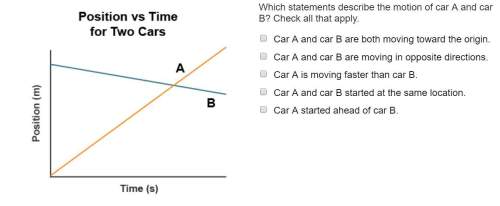
Using a ccd detector installed on a 1-m diameter telescope to record the image of a star, the light of the star is spread over a circular area of radius r pixels. the number of photoelectrons accumulated over the area during the exposure due to the light of the star is nstar, while light from the sky produces nsky photoelectrons per pixel.
calculate the signal-to-noise (s/n) ratio of the photometric measurement of the star, assuming poisson statistics (the noise is the square root of the total number of counts from all sources). then, assuming constant rate of photon arrival, find the functional dependence of s/n on exposure time t, in two limiting cases: counts from stars > > > counts from sky and vice-versa.
if we observe the same star with a 10-m diameter telescope, the light is spread over an area of r/3 due to larger light-gathering area. by what factor does the exposure time with the 1-m telescope need to be increased to reach the s/n obtained with the 10-m telescope, for each of the two limiting cases?

Answers: 2


Other questions on the subject: Physics

Physics, 21.06.2019 23:00, 12camtheman
How is acceleration calculated? a. initial velocity - final velocity / timeb. initial velocity + final velocity / timec. final velocity - initial velocity / timed. final velocity / timele select the best answer from the choices provided0oood00save and exitnextmark this and return
Answers: 1



Physics, 22.06.2019 12:30, tigistamare03
When a vertical beam of light passes through a transparent medium, the rate at which its intensity i decreases is proportional to i(t), where t represents the thickness of the medium (in feet). in clear seawater, the intensity 3 feet below the surface is 25% of the initial intensity i0 of the incident beam. what is the intensity of the beam "10" feet below the surface? (give your answer in terms of i0. round any constants or coefficients to five decimal places.)
Answers: 2
You know the right answer?
Using a ccd detector installed on a 1-m diameter telescope to record the image of a star, the light...
Questions in other subjects:

Computers and Technology, 09.12.2020 21:20

Mathematics, 09.12.2020 21:20

Mathematics, 09.12.2020 21:20

Arts, 09.12.2020 21:20


Chemistry, 09.12.2020 21:20




Mathematics, 09.12.2020 21:20




